In 2013 I had a love affair with one particular phone and it was an awesome experience to say the least. The HTC One M7 was one of the most talked about phones of the time and it continues to be one of the favorite HTC devices to date. Between then and now HTC has tried to find the same magic that made the HTC One M7 a hit but it has failed time and again. Has HTC finally found redemption with the HTC 10? Find out why we think so and why the HTC 10 is taking home a 2016 Techaeris Top Pick award!
HTC 10 Specifications
[graphiq id=”aJTV7tRgDl3″ title=”HTC10″ width=”1085″ height=”650″ url=”https://w.graphiq.com/w/aJTV7tRgDl3″ link=”http://smartphones.specout.com/l/5382/HTC-10″ link_text=”HTC10 | SpecOut” ]Design
While using the HTC 10 I watched several YouTube video reviews of the device with one saying the HTC 10 “doesn’t even have a ground breaking design.” I can’t argue the point that the HTC 10 doesn’t have a “ground breaking design” but then what phone in 2016 does? Aside from the Nextbit Robin I can’t think of any flagship phone on the market that has what I would consider a “ground breaking design.” From Apple’s iPhone 6s Plus to Huawei’s Nexus 6P, there really isn’t that much to separate today’s most popular devices. Everyone seems to have adopted the metal unibody design with chamfered edges and screens from 5.2″ to 5.5″ as a standard anyway.
That all being said. The HTC 10 design is handsome, albeit common, with exaggerated chamfered edges that actually do give the HTC 10 its own unique footprint. Many other metal phones have chamfered edges but the 10 really slopes these at an extreme angle and they are much more pronounced. This design cue has played well for HTC as it gives the 10 a steady grip making this one of the least slippery metal phones I’ve ever used. I never used a case on the HTC 10 and I never felt I needed one. Unlike the Nexus 6P and iPhone 6s Plus which I felt I could drop at any time.
The top of the phone is where you’ll find the headphone jack. I am not a fan of top mounted headphone jacks. The top also has a strip of plastic which is likely there to help with reception to the antennas. At the bottom of the phone you’ll find the USB 3.1 Type-C charging port along with one of the microphones and the BoomSound speaker (more on that later).
Along the left side of the phone you’ll find the microSD card slot which many users will like for expandable storage. Along the right side of the phone is the volume rocker, power button and SIM card slot. The volume rocker and power button are placed nearly perfect for quick operation and the added ridges on the power button make it easy to know what is what without looking. Other phones have ridges on the power button but I found the HTC 10 to really have exaggerated ridges making it even nicer.
Around the back of the phone you’ll find the antenna bands, noise cancelling microphone, the HTC logo, laser autofocus module, dual tone LED flash, and 12MP UltraPixel 2 camera module with OIS. Around the front is a 5.2″ super LCD 5 screen with a 565ppi, 1440×2560 resolution wrapped in Corning Gorilla Glass 4. You’ll also find the front facing 5MP camera with OIS (Optical Image Stabilization) a first for any smartphone, another BoomSound speaker and finally the fingerprint sensor/Sensor Hub.
Overall the design is nice. It’s easy to hold and doesn’t slip nearly as badly as the Apple iPhone or Huawei/Google Nexus 6P. The exaggerated chamfered edges do give it a slight uniqueness in a sea of metal phones but it still is… another metal phone. While HTC didn’t try and break design molds with this device they did manage to make a lovely metal phone that is easy to hold without feeling like it will slip out of your hand. Sure, it’s not unique, but it’s one of the better non-unique designs currently available.
Display
The super LCD 5 display is packing 565ppi with a 1440×2560 resolution and it looks simply amazing. The display is vibrant and easy to see in direct sunlight, at full brightness of course. The color accuracy is pretty spot on. It doesn’t oversaturate too much like Super AMOLED displays that Samsung makes. Not that an oversaturated display is a bad thing, if that’s your thing. The blacks are deep and rich making watching movies and consuming entertainment content on the HTC 10 a pleasure.
HTC says the glass on the 10 is curved Gorilla Glass 4 and there is a slight curve to it but nothing extreme. The glass is nice to the touch and your fingers glide effortlessly over the surface. I found that fingerprints weren’t a huge issue with this display, I tend to clean my screen several times a day anyway though. HTC claims the super LCD 5 display delivers 30% more color depth and a true cinematic feel. I can honestly say that this is one of the best LCD panels I have ever used and it certainly blows away the Apple iPhone 6s Plus.
The argument over LCD panels and Super AMOLED panels is like iOS users and Android users debating the better OS. Both technologies produce some super sharp, crisp, and colorful displays with their own unique signatures. While the Super AMOLED has traditionally been the more vibrant panel, this super LCD 5 is very close to what you might find on a Samsung device. Not quite 100% but closer than LCD technology has been. Overall the display is excellent on the HTC 10 and consuming content and using it day to day was fun.
Software/Ecosystem
HTC has gotten a lot of grief for its Sense UI over the years and for good reason. It was bloated and overstretched the bounds with needless features and software. With the HTC 10, HTC has scaled back Sense UI and even ripped out some of its bloatware in favor of making a leaner experience for the user. HTC removed their HTC browser in favor of Chrome. Gone is Fun Fit replaced by Google Fit. Scribble is no longer the note taking app and is replaced by Google Keep. Polaris Office falls away to Google Docs/Slides and Sheets.
HTC did keep their dialer, messaging, clock/weather and Sense Home launcher. While they kept the Sense Home launcher it is a slimmer version than what has been on previous HTC devices. The removal of a bunch of bloatware and inclusion of replacement Google apps is supposed to give the HTC 10 more memory and more space for you to use. This is a huge plus for this device as HTC’s overuse of bloatware had become a thorn in the company’s side.
Shipping with Android 6.0.1 Marshmallow the HTC 10 has the most current Android version there is and that is spectacular. Google is currently working on Android N and we’re hoping that HTC will update the 10 with the latest version of Android when it becomes available but we do realize that OEM’s tend to be slower at updating due to testing for compatibility with their own software. That being said, HTC has said they are committing to more timely updates of their devices but many have their doubts as it seems OEM’s have many issues keeping this commitment.
Android aside, HTC does offer some unique software features that you won’t find on Samsung, LG, or Sony. The inclusion of its own theme store is great for those of us who enjoy changing the look of their phones. Themes can be applied on the stock Sense Home launcher meaning you won’t need to install a custom launcher. That saves you system resources and space. You can change what type of grid you use, you can change icons, fonts, wallpapers, or you can choose a pre-built theme and apply it. There really isn’t any other mainstream Android phone that will give you this level of customization without installing third-party apps.
That being said, the HTC theme store has become a place where some users insist on uploading pirated content from hardworking developers. This is not HTC uploading the content but a community of users who are choosing to steal intellectual property and creations and re-distribute them without compensating the creators. HTC is aware of the situation and we’re hoping they’re doing all they can to stop the illegal use of icons, wallpapers, and themes in the HTC Theme store.
Customization is one of the most important parts of the HTC 10 experience but HTC does offer a few more bells in the mix here. Fine grain app control with App Lock is one of the extras added in. App Lock let’s you lock the apps you don’t want someone getting into if your phone is in someone else’s hands. HTC also has App Manager and Boost+ which let you see what apps are using resources and control those apps while Boost+ lets you decide what to do with misbehaving apps. Some of this stuff might not matter to many but there are a lot of users who will appreciate the ability to theme without installing more apps to do it.
HTC still adds Blinkfeed on the swipe right gesture for Sense Home and in the past Blinkfeed was more of a pain than anything. I found Blinkfeed to be less cluttered and cumbersome than previous versions I have experienced and found myself enjoying it. Google does something similar but has much more useful information on the swipe right with Google Now integration. If HTC could make the Blinkfeed experience closer to what Google uses on its Nexus devices, it would make it much more useful. You can add some applications to Blinkfeed but it would be nice to see a wider variety included.
The overall look of the software experience is a mix of stock Android and HTC Sense. It’s much more balanced than previous version of HTC phones and it’s actually very attractive. As previously mentioned, HTC has toned down its Sense UI and I think it has worked well for them here. Seasoned Nexus users will find the interface welcoming and familiar with a touch of HTC’s flair thrown in. Android Marshmallow gives the HTC 10 smooth operation and the overall software experience was highly enjoyable.
Performance
Powered by the Snapdragon 820 chipset, Dual-core 2.15 GHz Kryo & dual-core 1.6 GHz Kryo CPU, Adreno 530 GPU, and 4GB of RAM, the HTC 10 has more than enough power to muscle through your daily activities and then some. The 10 also has enhanced 4G LTE support which makes your mobile data speeds snappier (if you’re not being throttled) and makes the overall experience really nice. As mentioned earlier HTC Boost+ is designed to monitor app use and dynamically allocate CPU and memory, should you chose to use it.
The screen is responsive and crispy, HTC claims they’ve increased the responsiveness by 50%. Whether or not it’s more responsive than other similar smartphones is up for debate but the screen is indeed snappy. Basic apps run smoothly, scrolling is lag free, gaming and video ran like a champ on the HTC 10. I found no lag in games like Asphalt 8 or other graphics intensive games and no dropped frames.
The fingerprint scanner is right up there with the iPhone and Nexus 6P fingerprint scanner, responsive and fast. I never had to try more than once to unlock the HTC 10, it was always spot on and quick. Setting up the fingerprint scanner is as simple as any other. Fingerprint sensors are all getting relatively reliable even on mid-range phones like the Nextbit Robin and the OnePlus 3.
Overall performance was spectacular. I didn’t have any stuttering, lag, or freezes using the HTC 10 and everything ran smooth as butter. There were times when using the phone intensely that it did heat up. It wasn’t unbearable or unusual, every phone will heat up under a load. I never felt like anything was going to get damaged with the heat nor did I feel like the heat made the phone too uncomfortable to hold. With the Snapdragon 820 and 4GB of RAM, this phone is more than capable of holding its own.
Speakers/Sound
The HTC One M7 was a phenomenal phone with phenomenal speakers. Front firing BoomSound speakers that sounded oh so amazing and I loved every bit of those speakers. The HTC 10 drops the front facing speakers but still incorporates BoomSound albeit in a different configuration. There is a BoomSound speaker on the bottom of the phone and a BoomSound speaker in the earpiece of the phone. Each speaker has a specific function. The earpiece speaker is the high and mids speaker while the bottom is much like a subwoofer.
The sound the 10’s external speakers produce is very acceptable and it can hold its own against competitors but I am missing the front firing speakers here. With that being said there is more good than bad here in my humble opinion. I don’t often use the external speakers for consuming media that would require quality sound anyway. I often use headphones to do that job and some of the best headphones on the market happen to be the Master & Dynamic MW60’s!
I first used the MW60’s as usual, via Bluetooth connection and Master & Dynamic have some of the best Bluetooth sound you’ll find anywhere. As expected the sound was amazing and far above the quality one expects. But knowing that the HTC 10 had a built in 24-bit DAC in the headphone jack I just had to hard wire my MW60’s into it and the sound was simply stunning!
With HTC’s 24-bit DAC pushing pure clarity into the headphones, even the MW60’s sounded better than I had ever heard them before. I’ve used these headphones on the iPhone 6s Plus, Nexus 6P, and several other devices and they never sounded clearer than they did plugged into the HTC 10. So much so that I had to pull the volume back lower than I normally have it. The built in DAC really adds to your listening experience when using a wired pair of headphones.
But fun with sound doesn’t stop there. HTC also has some added software to enhance its BoomSound even further. In the settings menu you’ll find an audio settings menu which you can access and configure each time you plug in a new pair of headphones. This feature allows you to tune each pair of headphones differently, since every pair of headphones is different. It’s really a great feature and you can tweak the sound settings here like no other phone, without downloading a third-party app.
Overall the sound experience with wired headphones is the best I’ve ever had on any smartphone. The Bluetooth experience exceeds expectations and is really nice. The external speakers are on par with the competition but do fall short of what HTC BoomSound external speakers used to be.
Camera
My only real experience with an HTC camera was the One M7, which had that odd 4MP Ultrapixel thing going on. The M7 took great photos for its lower pixel count and did really well in low light, I was more than happy with the M7 camera. Reviews of the M8 and M9 cameras didn’t come off too well, though I never did use those cameras so I cannot speak to that.
Around the back is a 12MP UltraPixel 2 camera with OIS built in, laser auto focus, and Dual tone LED flash. The camera takes more than acceptable pics in bright and moderate lighting and HDR is on by default which gives a slight hesitation in shutter speed. Nothing drastically horrible and it shouldn’t be all that noticeable. It also takes great pictures in low light but does have some grain, nothing that would be a deal-breaker for me.
The rear camera performs solidly well and while there will always be a few bits and pieces that pixel peepers will complain about, I believe for the average user, the HTC 10 camera is more than excellent. In my experience focus was fast and accurate and everything just worked very well. There are manual settings if you want to get down and dirty with full control of your environment. But for regular users, the auto settings are going to do the trick just fine.
Of course there’s the HTC Zoe feature that is back. It’s a nice feature allowing you to shoot short 3 second videos that are supposed to be fun. I never did use the Zoe feature on my M7 and I didn’t utilize it on the 10 either.
Around front is the 5MP front facing camera. What makes this camera a bit more special than other cameras is the built in OIS. The HTC 10 is the first smartphone to have OIS built into its front facing camera and boy does it make a difference. You should be able to get blur-free selfies using the front camera on the HTC 10 and they look really good too. Low light isn’t the greatest but then most front facing shooters struggle in low light, often there is a lot of grain in low light photos. Overall the cameras on the HTC 10 are on par with the competition though the 10 does one up the rest with added OIS in the front.
Reception/Call Quality
Call quality was exceptional and speakerphone was stellar. Speakerphone could almost be too loud if you’re in an area with a lot of people — don’t be rude. Reception on T-Mobile (this review unit was the T-Mobile variant) was perfect. I had no issues getting and maintaining a good signal in all the places I normally frequent. Overall both reception and call quality were excellent and callers could hear me loud and clear.
Battery Life
I managed to pull about 4.5 hours average of screen on time and the battery lasted my whole day which is usually 5am-9pm. I averaged the end of the day with about 15-20% left in the tank. I run all of my phones with Wi-Fi on, Bluetooth on, GPS on, and screen brightness between 80 and 90%. I generally use my phone day to day for social media, email, browsing, light gaming, photos, video, music streaming, texting, and phone calls. I don’t often game heavily but when I did I could see the battery drain a little more.
Overall the 3000 mAh battery held up well and I never wanted for juice all day. I plug in on a nightly basis so this amount of battery life is more than acceptable for me. If you’re looking for multiple days of battery life under heavy use, you’re probably not going to find that here. Not unless you’re using a phone with a monster battery and are running your settings lean and mean.
Price/Value
With a flagship price of $699 the HTC 10 offers some decent value for the price. The specs are certainly there as is the performance and design. I think HTC offers some bits that might be attractive to buyers such as themeing without third-party apps and the 24-bit DAC is extremely impressive paired with a good pair of headphones. Price and value are going to be a subjective thing but to me, HTC is offering up something really nice here and it could be worth your while.
Wrap Up
HTC has made some really bad choices over the years and they’ve suffered for it. The M7 was an amazing phone but their follow-ups the M8 and M9 both fell flatter than expected. They’ve had some really horrible software and bloatware. They’ve allowed pirated themes to creep into their theme store. But everyone deserves to try and make good again, even if it’s a few times.
The HTC 1o is an extremely capable smartphone with high end specs and some very nice bells and whistles. Cameras are competitive in its class. Power is comparable to the competition. Design matches the sea of metal already out there. The amazing integrated DAC outperforms any other smartphone in terms of wired sound though and the ability to theme out of the box without third-party apps are just two reasons why the HTC 10 takes a Top Pick award.
[rwp-review id=”0″]*We were sent a review unit of the HTC 10 for the purposes of this review.
Last Updated on January 23, 2017.

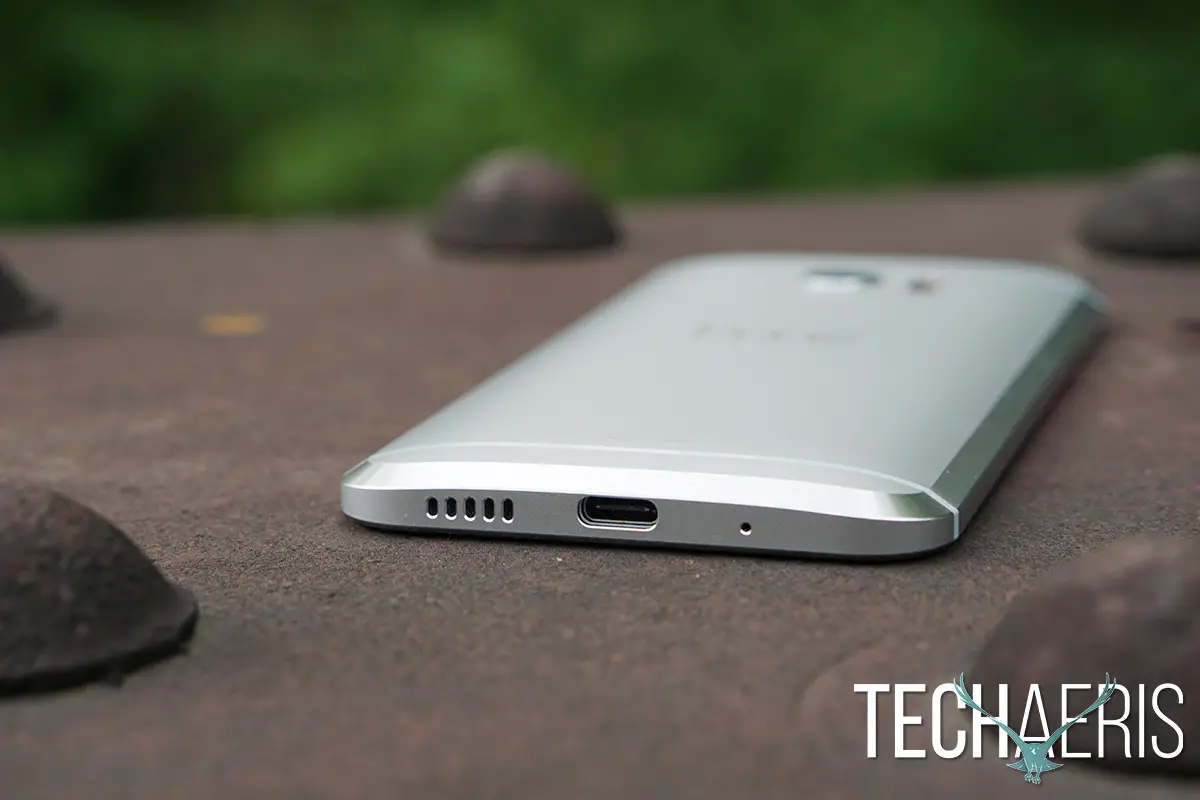
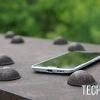

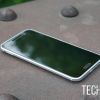
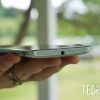
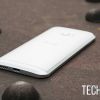
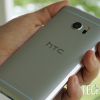

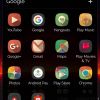


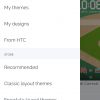



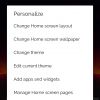
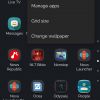

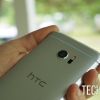
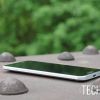
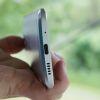
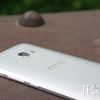
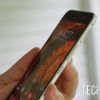
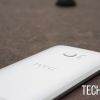
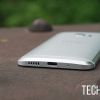
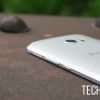

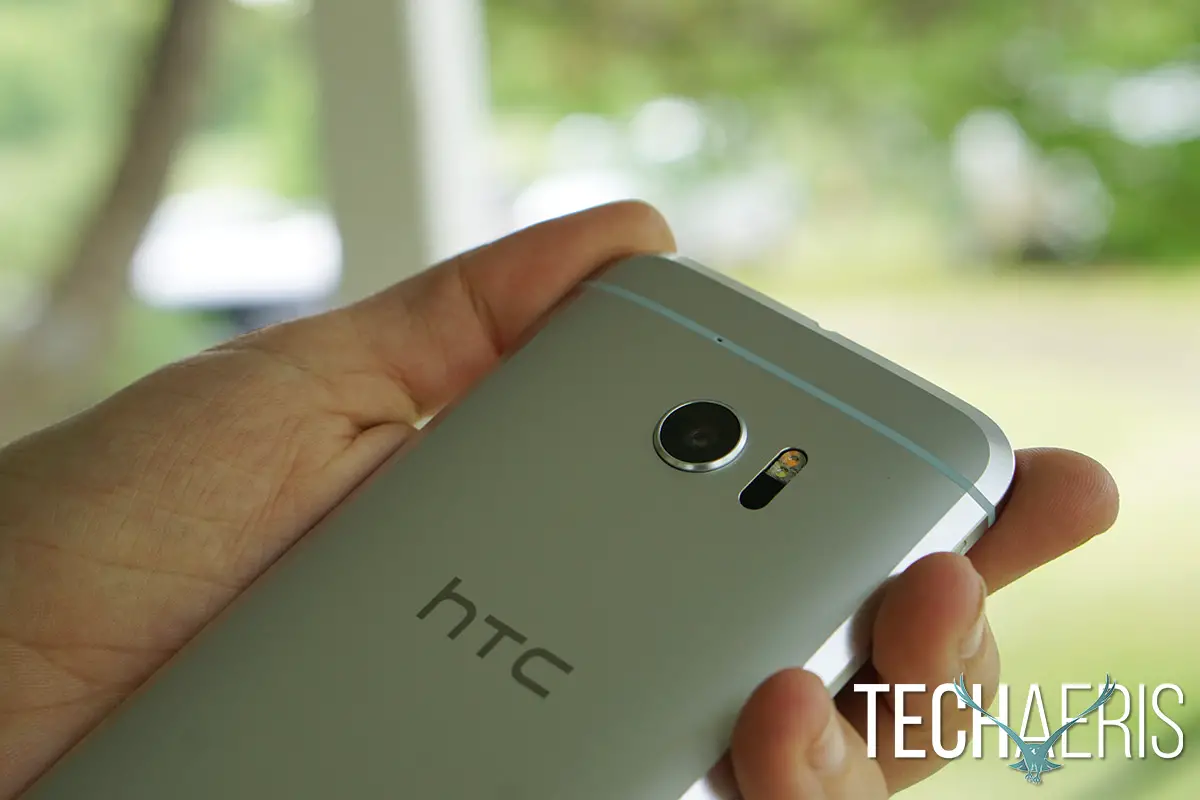





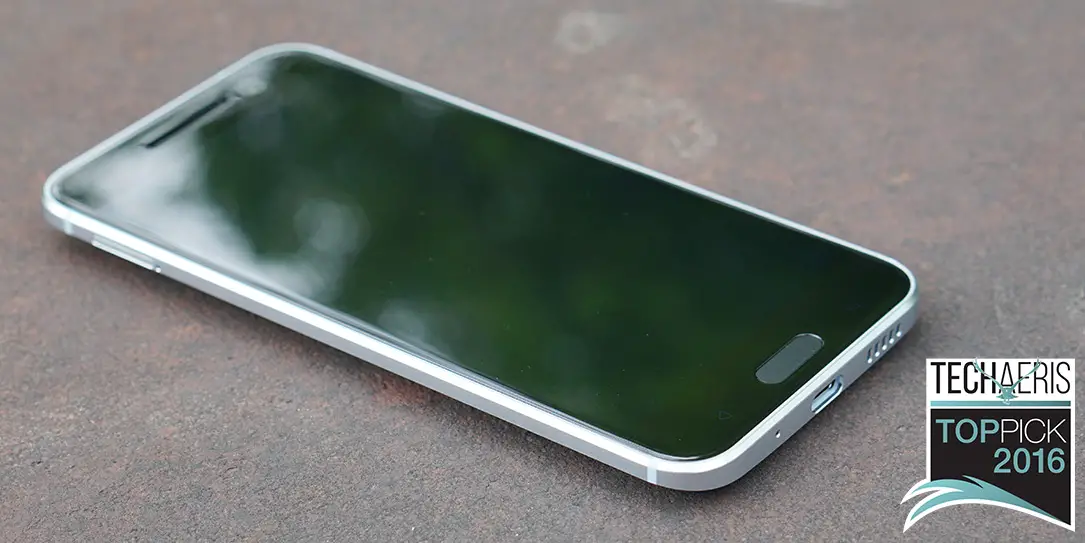









Comments are closed.